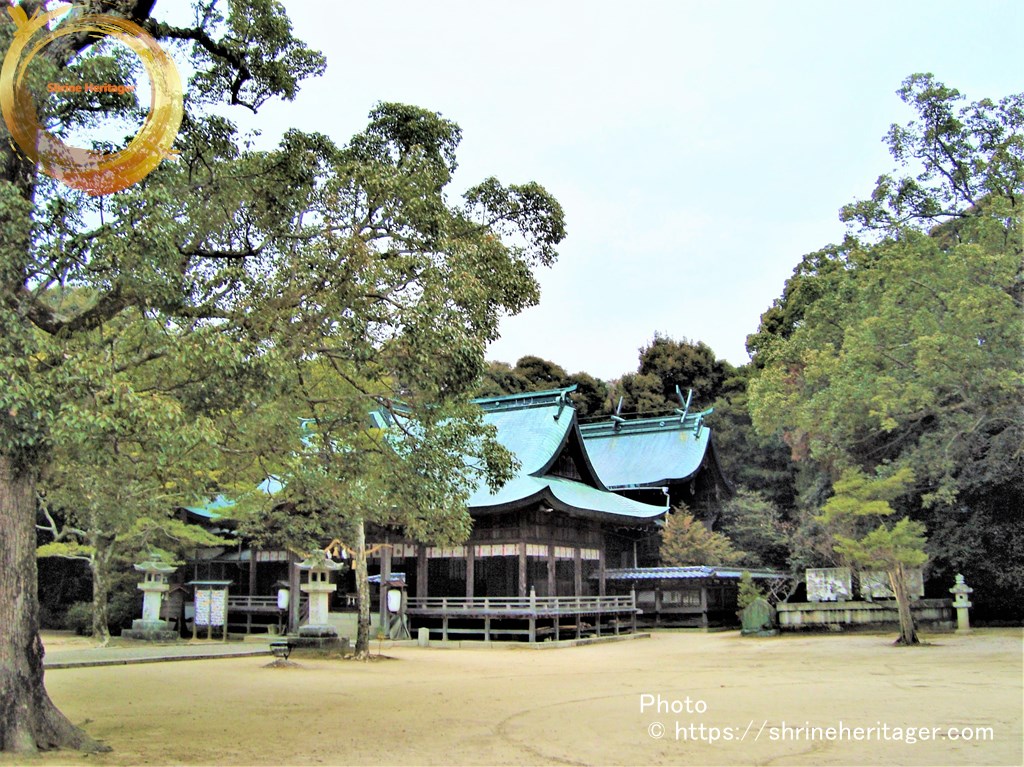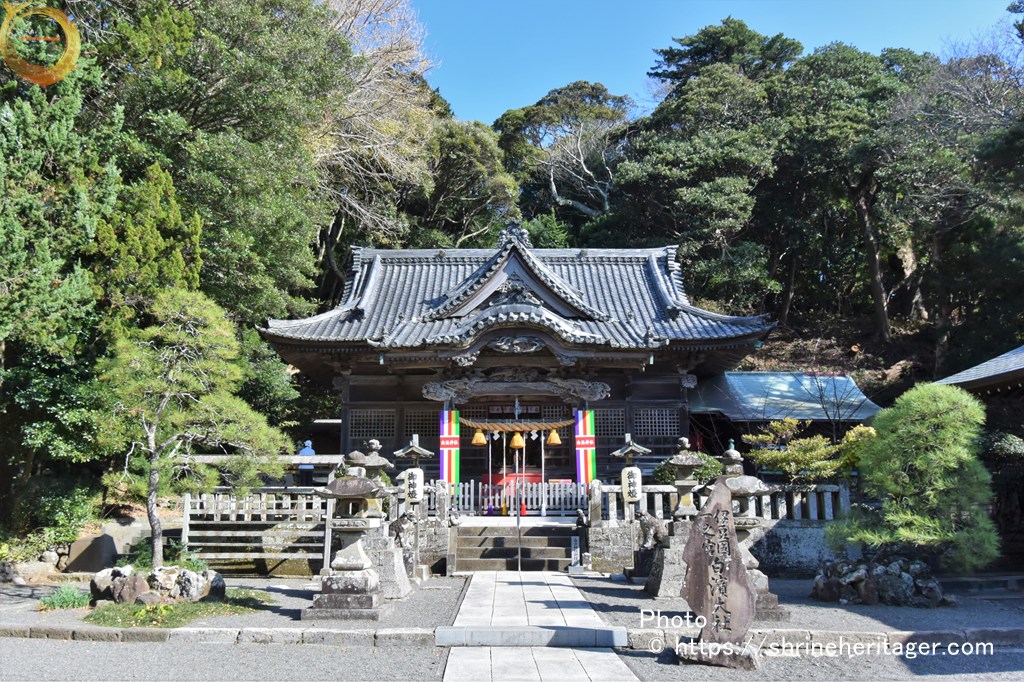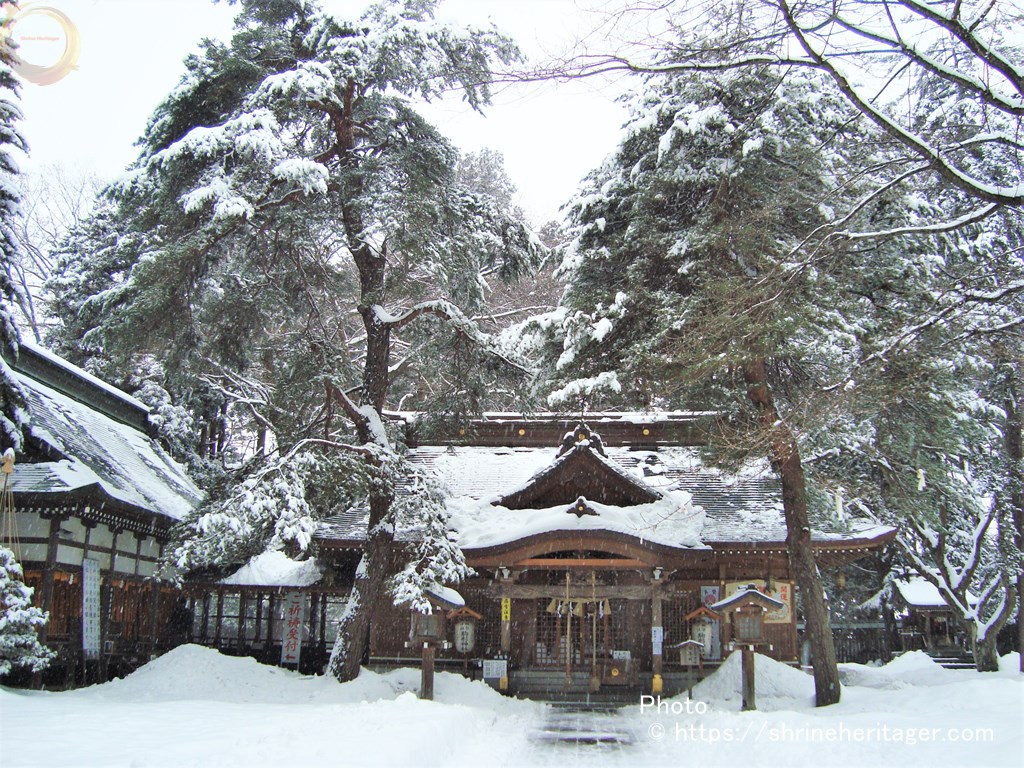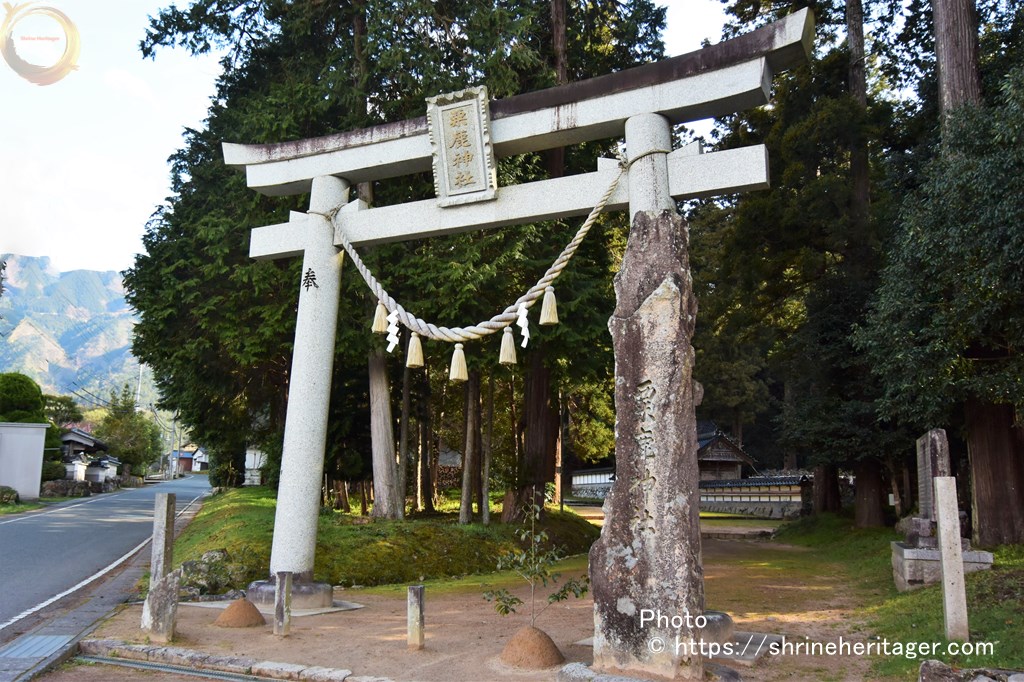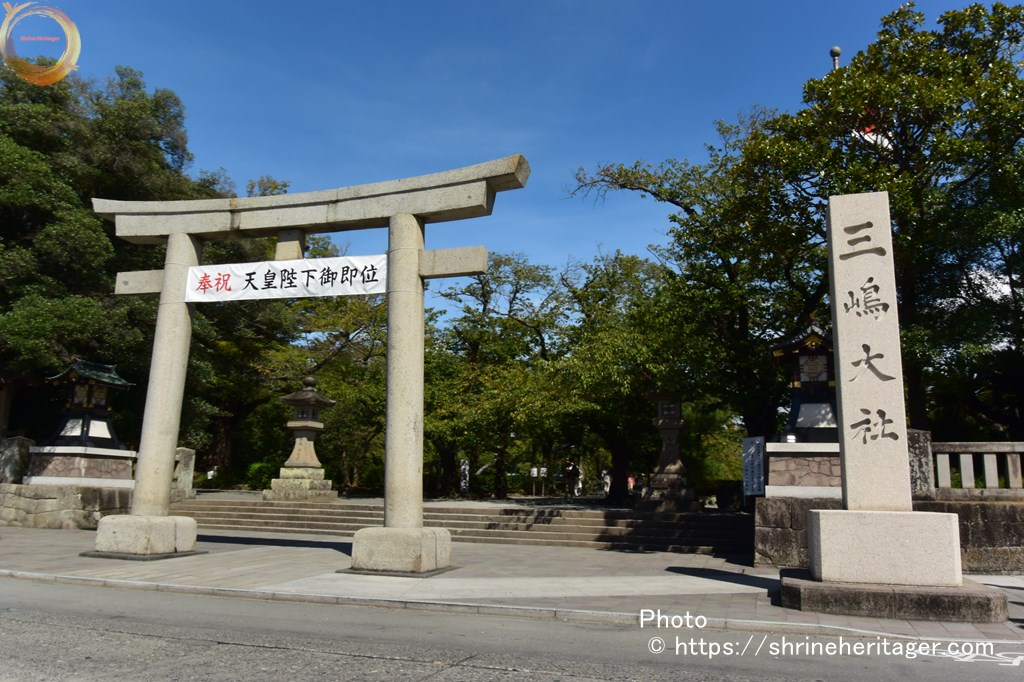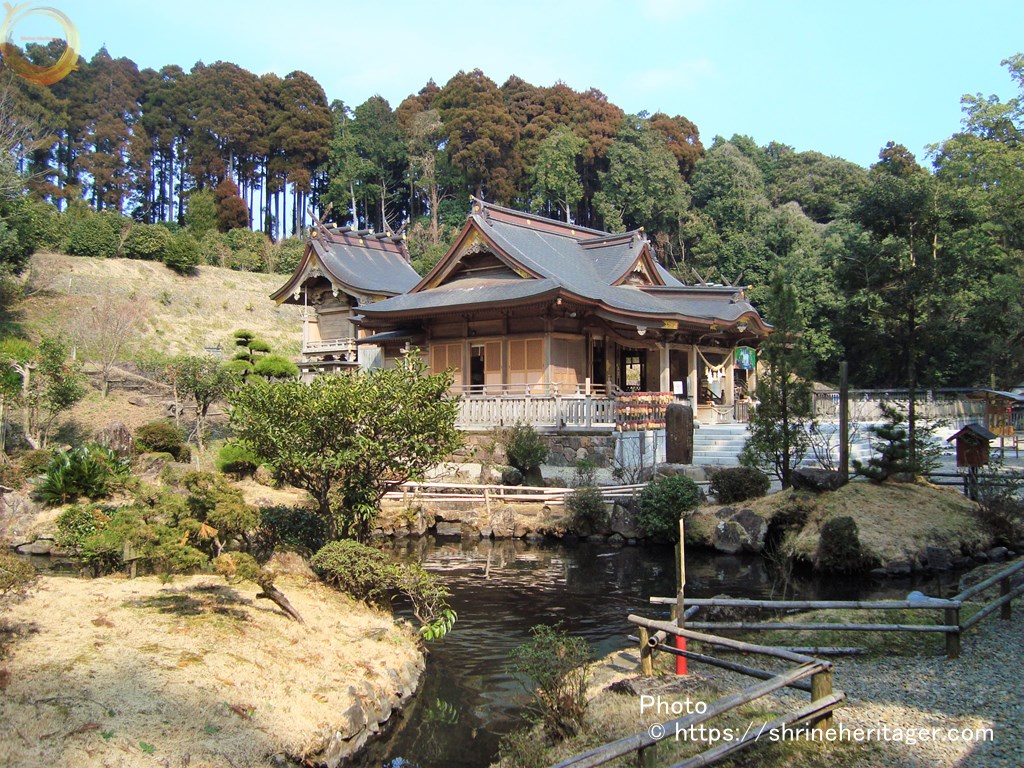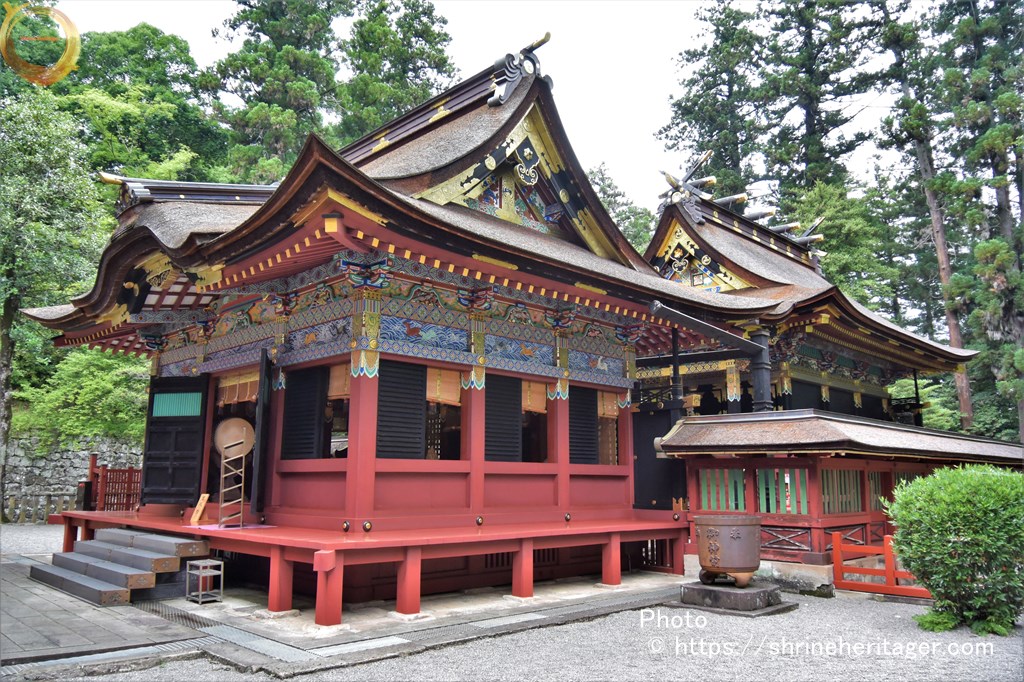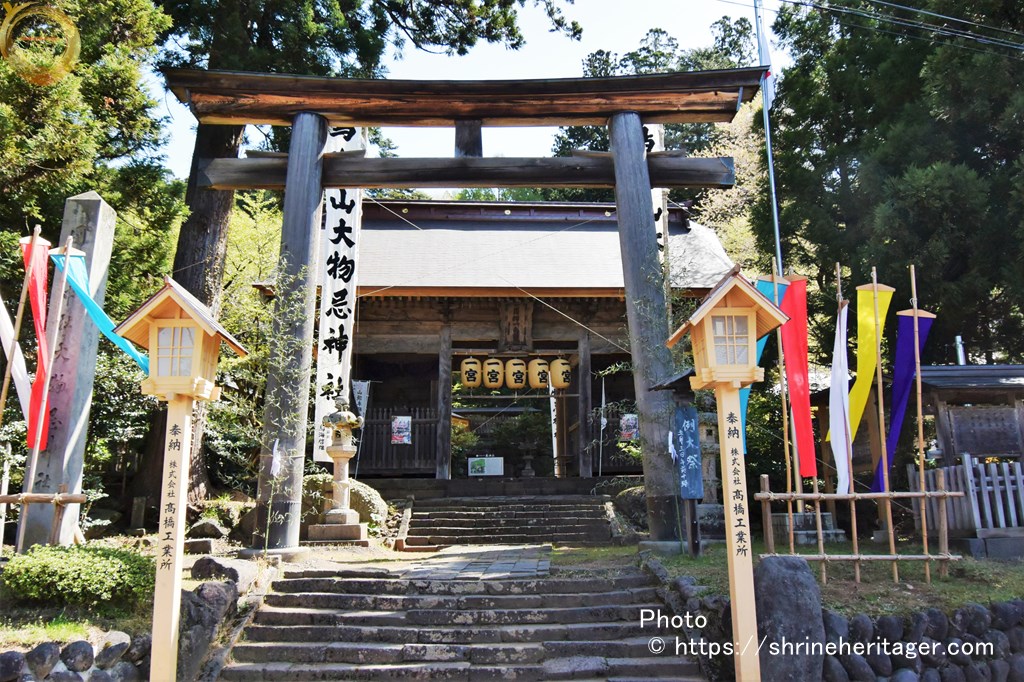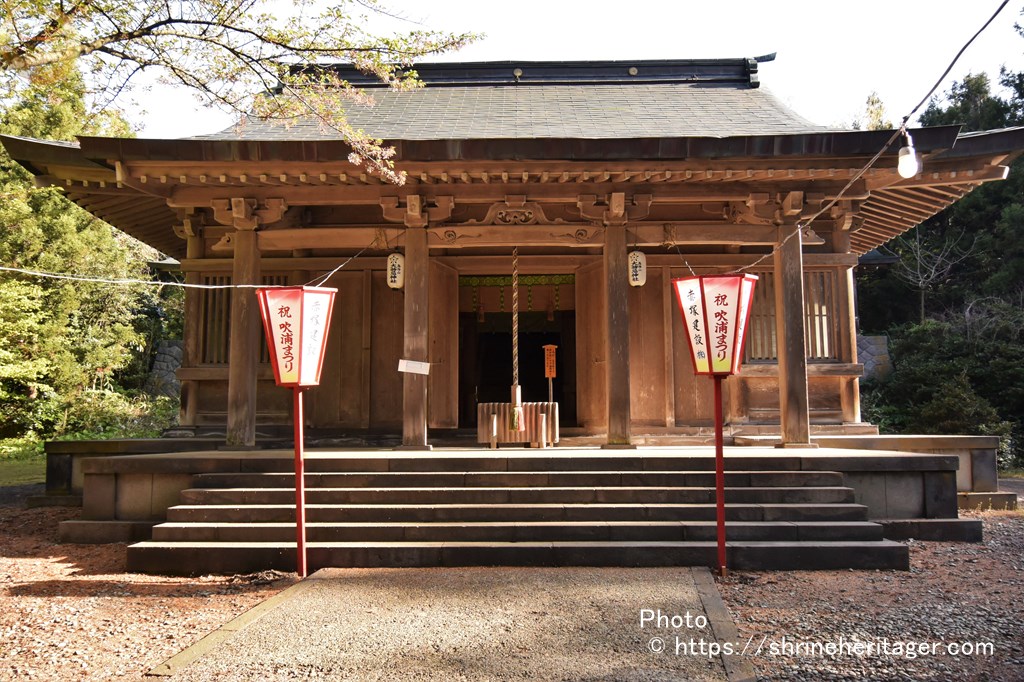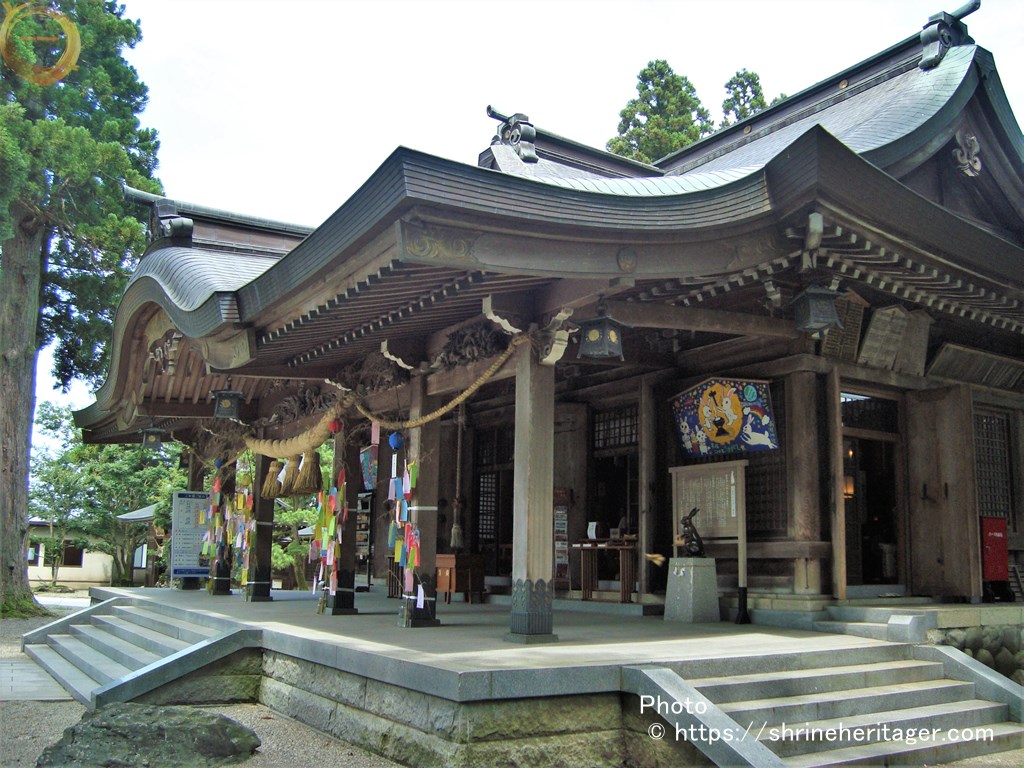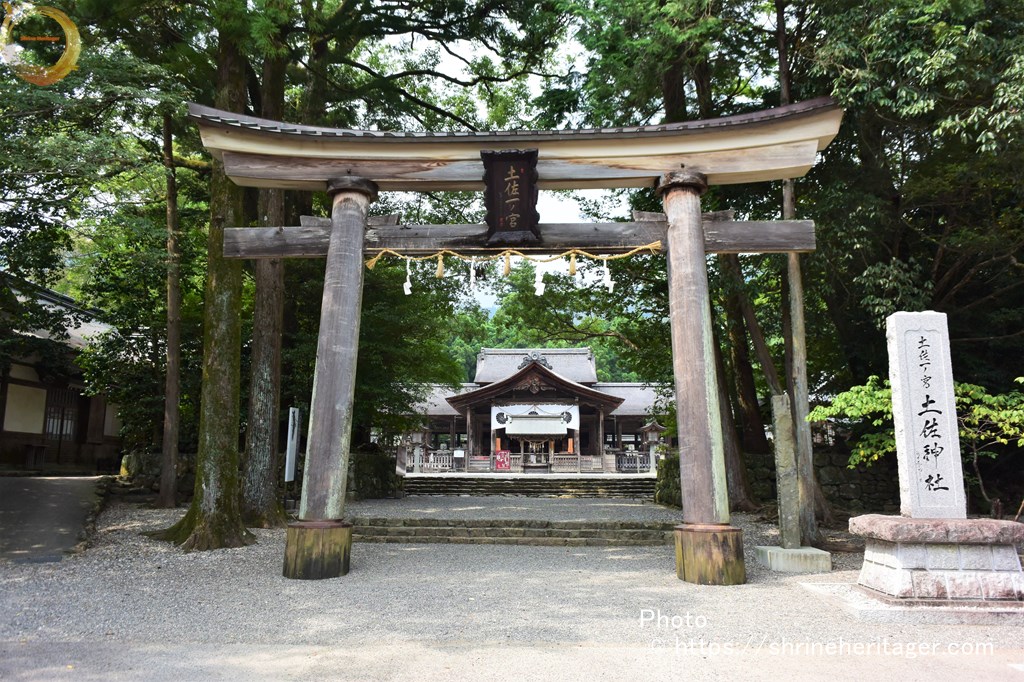-

Tamanoya shrine(玉祖神社)
Tamanoya shrine (Hofu City) is listed as "Tamaso Shrine Niza" in 『延喜式神名帳(engishiki jimmeicho)』 God Name Book. ) as the god of the festival, but the god of the other one is unknown, and in the company's story, the Tsunesei Naganary chicken collected and played at the time of "Iwato Kakure of the Heavens of Ameteru Ogami" famous for "Japanese mythology" is the god of the festival . It is said that "玉祖命(tamanoya no mikoto)" was taken to this place and stayed in this place, and it is designated as a natural monument, and it is bred in the precincts.
-

Ikonahime no mikoto shrine (Shirahama Shrine)
Ikonahime no mikoto shrine, according to the good luck of the shrine, "This god is transferred here from Miyakejima, and it will be transferred to Mishima later", and the pioneer god of izu islands "Mishima-jin - Mishima-jin" and the empress god "Ikonahime no mikoto" The hill "hitachiyama" on the Shirahama coast of the jinzachi area is a ritual site that enshrines the Izu Islands since ancient times, but the rituals of Ikonahime no mikoto Shrine are still continuing.
-

Susa Shrine (Sada)
Susa Shrine (Sada-cho) is said to be the "land of the end" and "the sacred place of the soul requiem" of Susanoo no mikoto, and it is said that "Izumo Kuni Fudoki (izumo no Kuni fudoki) In the article of Susago, "This country is a small but good country, so my name is not attached to trees or stones, I attach it to the land" and the soul of life (mi tama) It's written that it was put down here and paid, and it's definitely a historic shrine in Japan.
-

Onigami Shrine (Oku-Izumo-cho, Ohro)
Onigami Shrine (Oku Izumo-cho Ohara) enshrines "susanoo no mikoto" and its son "isotakeru no mikoto".
-

駒形神社 本社(komagata shrine)
Komagata Shrine Headquarters is called "Riku Chugoku Ichinomiya", and "Okumiya" is settled on the summit of Komagatake Mountains. In ancient times, it was thought that the area around the area was a production area for war horses. It is also said that in accordance with the Shinto Buddhist study with the horse head Kannon and Dainichi Nyorai, they are solicited and widely worshiped in various parts of Eastern Japan.
-

粟鹿神社(awaga shrine)
According to the company biography, ashiga Shrine is said to be the origin of the name of The Deer, which is said to have been the best ancient shrine in Tajima Province, which is said to have been enshrined as the most ancient shrine in Tajima Province, where deer emerged from Mt. Ashiga and taught farming to people.
-

三嶋大社(mishima taisha)
Mishima Taisha had been revered by the Imperial Court as a god responsible for the eruption and construction activities of the Izu Islands since ancient times. As a Ichinomiya in Izu Province, it is the center of faith in the Izu Peninsula.
-

Zama Shrine (Zama-san)
Zama Shrine is tall as Settsu Province Ichinomiya, and it is one of the oldest shrines in Osaka.
-

都農神社(tsuno shrine)
According to legend, this shrine is said to have been built by the first emperor, tenno Jimmu(神武天皇). That was before he reached the throne. It was 2700 years ago.
-

一之宮 貫前神社(ichinomiya nukisaki shrine)
For worship, once go up the approach from the south side and go through the Otorii. A flat approach leads to the main gate, drawing an arc. Then, from there, there is a steep descending stone step, and the shrine is built right below. Up, flattening, and then down. Go to the shrine on a “down road” that is very rare in Japan.
-

chokaizan omonoimi shrine(warabioka kuchi no miya)
(chokaizan omonoimi shrine) is called Dewakuni Ichinomiya. The head office (Okumiya) sits on the summit of Mt. Satomiya is seated in two places, The creation of the shrine of (chokaizan omonoimi shrine) (Waraoka guchinomiya) is handed down to the Emperor Kinmei(欽明天皇) 25 years (more than 1400 years ago)
-

chokaizan omonoimi shrine (fuku ra kuchi no miya)
鳥海山大物忌神社(chokaizan omonoimi shrine) is Ichinomiya Dewa Kuninomiya. There are 3 shrines with Mt. The Satomiya called "kuchi no miya" is located in two places, "「吹浦(fuku ra)」" and "「蕨岡(warabi oka)」". It is an old company
-

Takase Shrine (Takase, Nanto City)
Takase Shrine is prestigious as Ichinomiya in"越中国" , and the deity of the shrine enshrines (main power of the great power). There is also the Takase ruins, which is said to be the site of our company, and it is presumed that it is a sacred place during the Yayoi period when the Agricultural culture grew.
-

Tosa Shrine (Ichinomiya, Kochi)
Tosa Shrine (Shinane-sama) has a high formality as a shrine in Tosa Province Since ancient times, it is said that this stone called "iwakura", a natural stone where God dwells, was built and enshrined in a place where it fell here and stopped, and the creation dates back to ancient times.
-

List of 36 seats sitting in the imperial palace "Enki-shiki Shinmeisho"
The Engishiki Jinmeicho was compiled in 1927.
At that time, a list of "government offices of the whole country" (a shrine that receives mints from the priest is put up at the prayer year festival (Every February)The major classification is for each administrative division at that time.
"Miyanaka and Gyeongchu" and "Kinai"
"Seven Roads (Tokaido, Higashiyamado, Hokurikudo, Sanindo, Sanyodo, Nankaido, Nishikaido)"
The middle classification is by country (classification close to the current prefecture)
Small classification by county (classification close to current municipality)
Details are covered by shrine and written.このページは
Sitting in "Miyanaka" (36 seats... It is a list of the large (deposit month Shinjo) 30, small 6) shrine
-

Nakayama Shrine (Tsuyama City)
Nakayama Shrine (Tsuyama City) has a tradition and tradition in "Mimasaka no Ichinomiya" When the ancient Yamato court divided "Kibiki" into a new "Mimasaka no kuni", "Ichinomiya" (Ichi no miya)” Many other mysterious and ancient shrines still quietly sit “saru gami”
-

Omiya Hikawa Shrine
Omiya Hikawa Shrine is an ancient shrine that accompanies the luck of victory, and it is said that the place name of the present "Omiya" (Saitama Prefecture) is derived from the honor of Hikawa Shrine as "Great Miyai" which has been enshrined in this place without being transferred for about 2,400 years.

